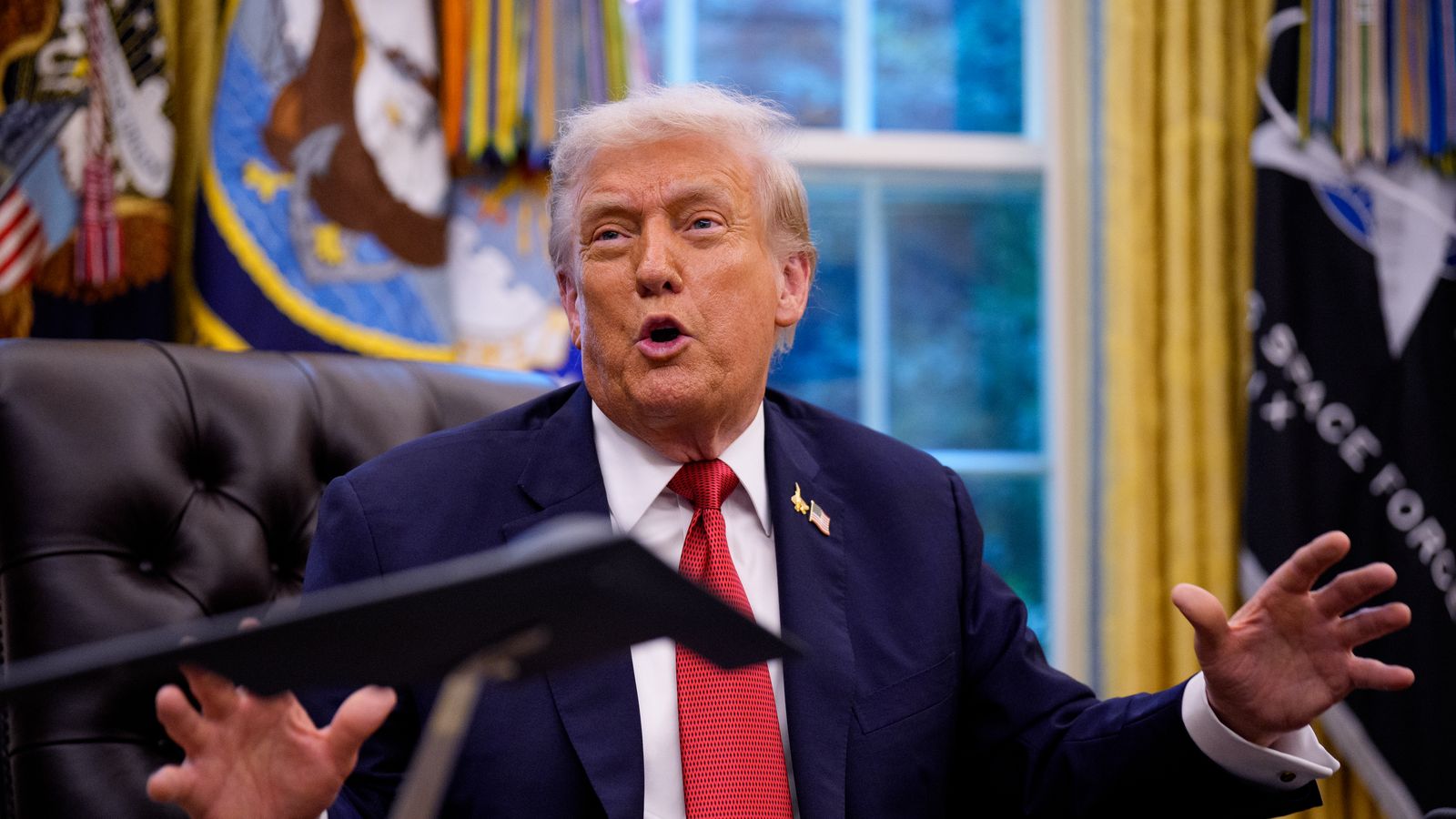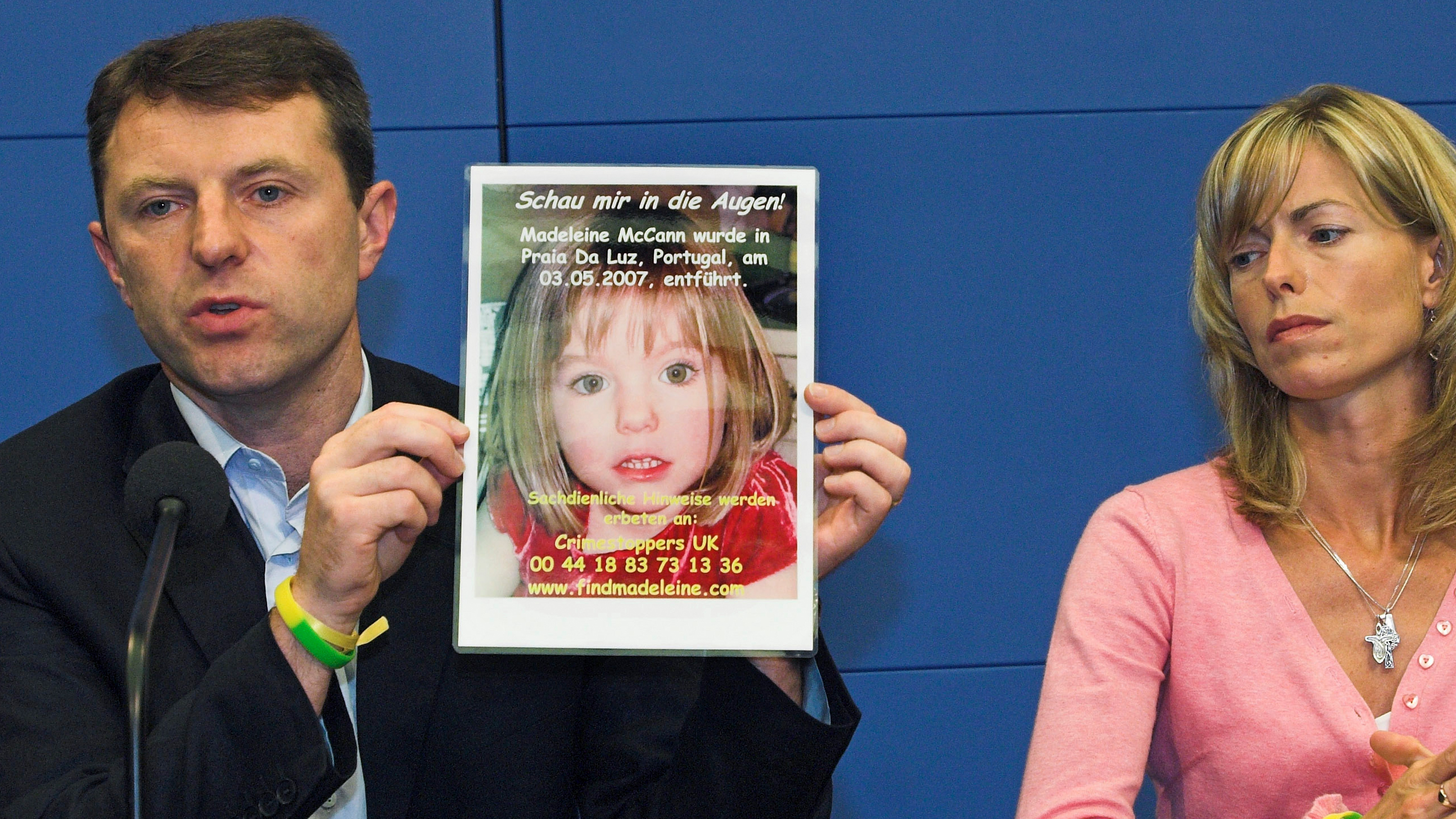For hundreds of years, maps have influenced how individuals perceive geography, historical narratives, and even worldwide power structures. However, the map most relied on globally, the Mercator projection, has been under scrutiny for misrepresenting the true sizes of continents. Specifically, Africa is frequently shown smaller than its actual size, visually dominated by Europe and North America, even though it is considerably larger in terms of land area. Emphasizing the significance of accurate representation in both education and policy-making, the African Union has advocated for the use of maps that display the continent in its true proportions.
The debate around Africa’s portrayal on world maps is not new, but it has gained urgency as the continent seeks to assert its rightful place in global affairs. On the Mercator projection, Africa is visually minimized while countries like Greenland and Russia appear disproportionately large. In reality, Africa’s vast expanse can contain the United States, China, India, and much of Europe combined. By promoting maps that show these dimensions accurately, the African Union hopes to correct misconceptions that have persisted for generations and influenced how Africa is perceived economically and politically.
Map-making is not an impartial field. Each map design requires compromises among form, scale, and measurement. The Mercator projection, first created for sea voyages in the 1500s, emphasized true directional accuracy over balanced depiction of land masses. Although it transformed oceanic navigation, it became commonly used in education and publications, inadvertently supporting a skewed global perspective. The African Union’s advocacy for reform highlights the influence that these mappings have on our views and how persistent inaccuracies can sustain obsolete power structures.
For African leaders, the adoption of accurate maps is about more than geography; it is about visibility, dignity, and influence. When children in schools grow up seeing a diminished version of their continent, it subtly communicates that Africa is less significant than other regions. This perception, however subconscious, can affect cultural confidence and global narratives. By normalizing maps that show Africa’s true size, educators and policymakers can foster a stronger sense of identity and highlight the continent’s immense natural and human resources.
The appeal for precise mapping intersects with wider conversations about decolonizing knowledge. Similar to the way literature, history, and art are being re-evaluated to contest Eurocentric viewpoints, cartography is also experiencing comparable scrutiny. Critics have contended for years that conventional map projections reinforce a perspective influenced by European interests. The position of the African Union resonates with initiatives throughout the Global South that call for knowledge mechanisms to mirror equity and justice. Amending the map, therefore, symbolizes the rectification of historical inaccuracies that still impact international relations today.
In practical terms, embracing new map projections comes with its own set of hurdles. The Gall-Peters projection, for instance, is frequently mentioned as a more equitable option due to its preservation of relative land area. Nonetheless, it alters shapes, causing continents to appear elongated or squashed. Projections like Winkel Tripel or Robinson provide a balance by lessening the distortion of both area and form. The African Union has yet to support one specific alternative, but it promotes the adoption of projections that more accurately depict Africa’s real landmass, particularly in educational and diplomatic settings.
The consequences of this transformation might be substantial. In the field of economics, accurately understanding the scale of Africa highlights its potential as a center for development. The continent possesses substantial natural resource deposits, a youthful and growing demographic, and a rising influence in international commerce. By showcasing Africa at its genuine dimensions, it is evident that Africa is not marginal but rather central, demanding recognition as a continent with a physical stature that matches or surpasses numerous of the globe’s largest economies combined. This shift in perspective can bolster the case for investment and global collaboration.
In global politics, the precision of maps affects how power is perceived. For example, the United Nations uses maps for discussions, documentation, and planning for development. If a map downplays the size of Africa, it might inadvertently lessen the impact of the continent’s unified representation. With 55 countries, the African Union forms a significant faction in worldwide leadership. Advocating for map precision bolsters its position, not as an area requesting assistance, but as a continent meriting an equal position in influencing global policy.
For education, the shift could be transformative. Generations of students worldwide have grown up believing distorted maps represent the truth. In Africa, this has meant a legacy of underrepresentation in classrooms where young people should instead be learning about the immense size and diversity of their continent. Textbooks and digital platforms that incorporate accurate maps can change how future citizens see themselves and their place in the world. For students outside Africa, it may foster a better understanding of global balance and interdependence.
The initiative also aligns with technological innovation. Digital mapping platforms, including geographic information systems (GIS) and online tools like Google Earth, already allow viewers to explore the planet without the limitations of static projections. These resources reveal Africa’s true vastness in ways traditional classroom maps never did. By encouraging broader adoption of such tools, the African Union is tapping into technology to amplify its message and ensure accuracy becomes the norm rather than the exception.
Opponents of the project occasionally claim that maps are representations, and that tangible advancements for Africa involve tackling challenges like poverty, governance, and infrastructure. Nonetheless, advocates argue that symbolism holds significance. Maps form the base of how individuals envisage the globe, and these perceptions influence policy decisions, commerce, and cultural stories. Geographic misrepresentation strengthens underlying structural disparities. Adjusting the map doesn’t address all issues, yet it aids in reshaping Africa’s portrayal to align with larger goals for equality and development.
Historically, Africa has often been misrepresented not just in maps but in how its history and contributions were documented. The push for accurate cartography complements efforts to reclaim narratives about African civilizations, innovations, and cultural heritage. It positions geography as part of a larger struggle for fairness in knowledge systems. By confronting distortions in something as fundamental as a world map, the African Union demonstrates its determination to reshape the continent’s image at every level, from education to diplomacy.
The call for map reform has already sparked international discussion. Some schools in Europe and North America have begun introducing alternative projections to highlight issues of bias in geography. Nonprofit organizations dedicated to global education have also voiced support for teaching students about the limitations of different projections. The African Union’s stance adds political weight to this movement, giving it legitimacy and urgency. If adopted widely, it could transform how future generations around the world conceptualize the continent.
The symbolism of Africa claiming its true size on the global map cannot be overstated. It challenges outdated assumptions and places the continent visually at the scale it has always occupied physically. For Africans, it reinforces pride and recognition of their home as vast, diverse, and central to humanity’s story. For the rest of the world, it serves as a reminder that perspectives shaped by history can—and must—be revisited in pursuit of accuracy and fairness.
The African Union emphasizes the need for a revision of maps, which goes beyond just adjusting geographical details. This initiative seeks to reshape the world’s perception of Africa and consequently alter Africa’s self-image. Often overlooked in global depictions, the continent now calls to be recognized for its vastness, resourcefulness, and influence. Adjusting maps is more than an intellectual task; it is a crucial move toward addressing disparities in global storytelling. As highlighted by the African Union, recognizing the actual situation is essential for creating a fairer future.




